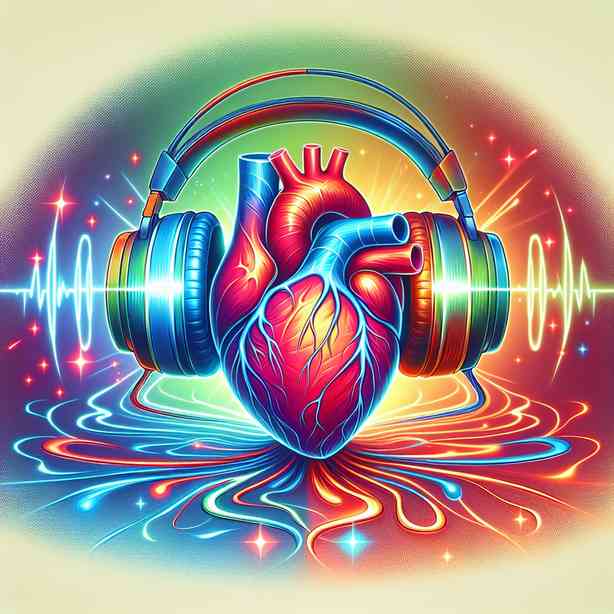
When the BPM Matches Your Heartbeat
Music is a universal language that has the ability to resonate with our emotions, evoke memories, and even influence our physical state. One fascinating aspect of this connection lies in the relationship between the beats per minute (BPM) of music and our own heartbeat. Understanding this connection can enhance our experiences with music, whether we are using it for relaxation, motivation, or even therapeutic purposes.
To begin with, let’s delve into the science of heart rates. The average resting heart rate for adults typically ranges from 60 to 100 beats per minute, depending on various factors such as age, fitness level, and overall health. When we listen to music, our bodies can react to the tempo through synchronization of heart rates and even breathing patterns. This phenomenon is not only intriguing but also plays a significant role in how music affects our mood and energy levels.
For instance, music with a faster BPM, such as electronic dance music or upbeat pop, tends to uplift our spirits. When the tempo matches or exceeds our heart rate, it can lead to increased energy and motivation, making it an excellent choice for workout sessions or high-energy activities. The synergy between our heartbeat and the music’s rhythm creates a sort of feedback loop that enhances our physical performance, promoting a sense of peak endorphin release and enjoyment.
Conversely, slower tempo music, often found in genres such as classical, ambient, or soft jazz, can lead to a calming effect when played at a BPM that either matches or is lower than our resting heart rate. This type of music can facilitate relaxation and stress relief, making it ideal for winding down after a long day or enhancing mindfulness practices. The alignment of the BPM with our heartbeat can help induce a meditative state, where one can let go of distractions and focus inwardly.
Additionally, research has shown that certain BPMs can directly influence emotional responses. For example, a study demonstrated that music around 60 BPM can encourage a relaxed state, simulating the natural rhythm of the heart and body when at rest. On the other hand, music with a BPM of around 120 or higher can stimulate feelings of excitement or joy, often triggering an adaptive response that fuels social interaction and physical movement.
Furthermore, it’s worth noting that different cultural backgrounds may affect how people perceive music’s tempo. Cultural conditioning and exposure can cause individuals to associate specific rhythms with unique feelings, memories, or social interactions. Thus, while one person might feel invigorated by a particular quick tempo, another may find it overwhelming or less enjoyable. This subjectivity emphasizes the importance of personal preference and context in the experience of music.
Integrating music into our daily routine can lead us to become more aware of our heartbeat and emotional states. As we engage with different types of music, we can start to identify tracks that resonate with us personally and understand how the BPM aligns with our physical and emotional well-being. For instance, during workouts, one might intentionally select songs with a BPM that complements the desired intensity of the activity, allowing them to push through barriers and enhance physical endurance.
This connection between BPM and heartbeat also finds compelling applications in therapeutic settings. Music therapy has gained recognition as a legitimate treatment approach for various psychological and physiological conditions. By carefully selecting specific BPMs, therapists can tailor sessions to meet individual client needs. For example, slower BPMs can help individuals cope with anxiety disorders, while more upbeat tempos can assist with mood elevation in those grappling with depression.
Incorporating music into various aspects of life—whether at home, during exercise, or through focused therapy—can create a beneficial atmosphere that fosters emotional health and physical vitality. When we take the time to notice how different rhythms affect our heartbeat and states of mind, we empower ourselves to make informed choices about the music we listen to.
In conclusion, the relationship between BPM and our heartbeat is a profound reminder of music’s inherent power. Whether we are seeking relaxation, motivation, or emotional healing, being mindful of this connection can enhance our experiences significantly. The next time you find yourself drawn to a particular song, take a moment to reflect on how its beat aligns with your heart, and embrace the journey that unfolds from this unique synchronization. Through music, we can find a resonant rhythm that speaks to our very core, enriching our lives in multiple, meaningful ways.


